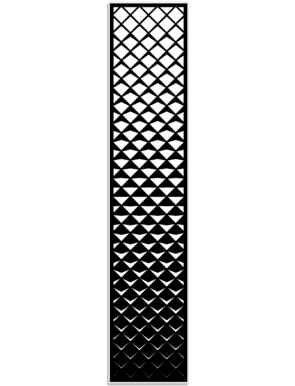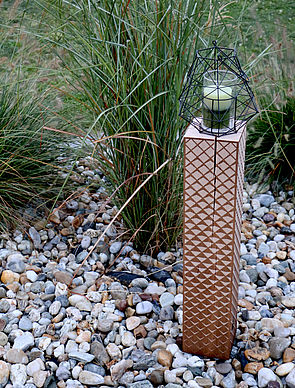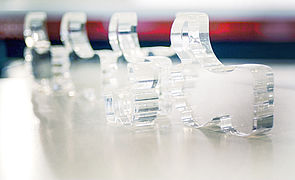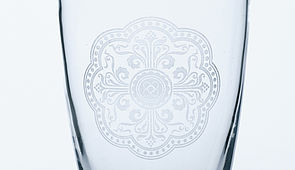Sometimes people ask us what the difference is between laser engravers and laser cutters. The answer? Not much. Most flatbed CO2 laser machines can engrave and cut so laser engravers and laser cutters are one and the same. They are just called a “laser cutter” or a “laser engraver” based on what their main use is. Though you can generally accomplish both tasks, some lasers were designed with features geared toward laser cutting (such as a pass-through and larger bed size) or toward laser engraving (such as high-speed processing or smaller bed sizes).
Below is a detailed explanation of the laser cutting and laser engraving processes.
How does laser engraving work?
During laser engraving, the laser processes a shape, graphic or picture represented by a raster file such as a JPG or PNG. The process involves removing the material in a design in a horizontal motion, point by point, line by line, similar to the way a printer works. This processing method is called grid engraving.
You can engrave surfaces or shapes with many designs including photos, pictures, logos, inlays, fine to thick lettering, and stamps, to name a few.


How does laser cutting work?
Laser cutting is a “thermal separation” process, which means that the heat from the laser beam cuts through the material (as opposed to removing material like engraving does). During the process, a line-based (or “vector” file) such as an EPS, AI or Cdr file is sent to the laser, and the laser traces the design and cuts the shape with the laser beam. As with engraving, a wide variety of materials can be used.
The laser cutting process can be used to cut shapes (such as letters, signs, and tags) as well as items that have been engraved.


Can laser machines do both, engraving and cutting?
Yes. Most laser machines perform both processes. They can engrave and cut many different materials, including laser machines that are geared toward cutting tasks, and lasers that are geared toward engraving. The machines are well equipped with features (e.g. cutting tables, lenses) for the respective tasks.
Primarily for laser cutting
Since laser cutting tasks often involve large materials, most laser cutting machines were designed with larger bed sizes and pass-through options. They can process a wide range of materials including acrylics, wood, MDF, cardboard, and textiles, to name a few. They are also available with higher laser power wattage so they can cut quickly and precisely with a clean edge.

For those mainly interested in laser engraving
Laser engravers are a great choice for those mainly interested in laser engraving. They are offered with a number of bed sizes and power options and can laser engrave a wide range of materials including glass, wood, plastic, leather, paper, stone, textiles, and more. Operators who use their lasers mainly for engraving often require smaller work areas and high-speed processing. With processing speeds as fast as 140 in./sec and bed sizes from 24 x 12 in. to 39 x 24 in., Speedy laser machines are a great choice for those primarily interested in laser engraving.

